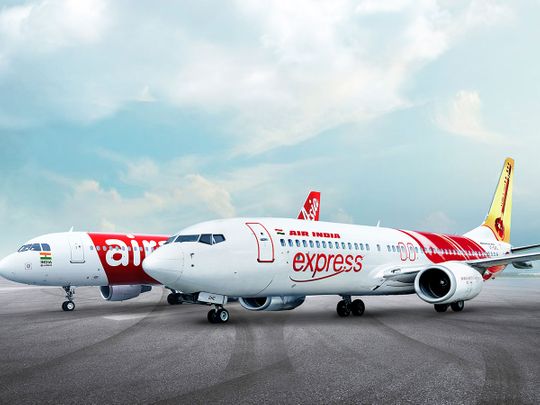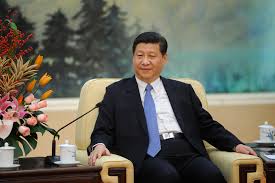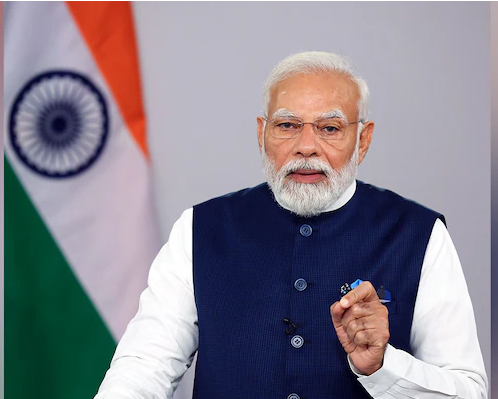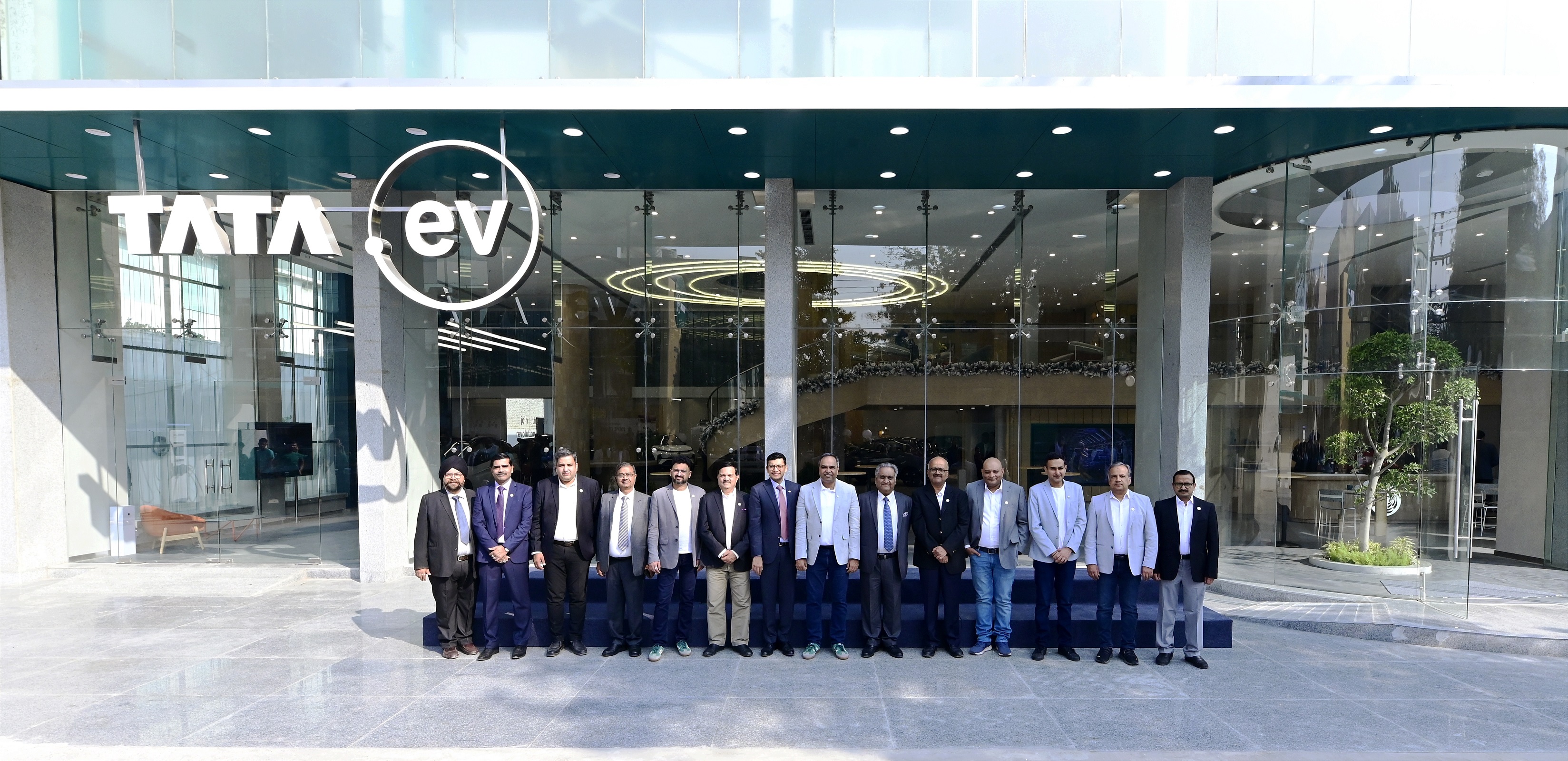Australia boosts navy funding to build largest fleet since WWII

NEW DELHI: Australia will inject another 11.1 billion Australian dollars ($7.2 billion) into its defense spending to build "a larger, more lethal" surface combat fleet, giving the navy its largest number of warships since World War II.
The minister of defense, Richard Marles, said Tuesday that the government had committed the extra funds as part of a AU$54 billion plan to overhaul its surface fleet in the coming decade, increasing the number of combat-ready warships from 11 to 26.
While Marles didn't mention China by name, Australia has increasingly moved to counter Beijing's rise in the region, notably signing the AUKUS security pact to acquire nuclear submarines in 2021.
Marles, who is also deputy prime minister, said increasing Australia's naval capacity will "enable us to play our part in future contingencies over the course of the next decade."
"What is critically important to understand is that as we look forward, with an uncertain world in terms of great power contest, that we have a dramatically different capability in the mid-2030s to what we have now, and that is what we're planning for and that is what we're building," Marles told a news conference at Sydney's Garden Island naval base.
The unveiling of the government's "enhanced lethality surface combatant fleet" followed an independent review of Australia's warship capabilities.
Under the plan, Australia will accelerate the procurement of 11 general-purpose frigates. The first three will be built offshore, with designs from Germany, South Korea, Japan and Spain being considered. The first is expected to be in service by the end of the decade.
The rest will be constructed at the Henderson shipyards in Perth, Western Australia. Australia will also get six new "large optionally crewed surface vessels" (LOSVs), which are being developed by the United States and will also be built at the Western Australian site.
The LOSVs can be operated remotely, but Marles said Australia plans to crew the vessels, which he expects to come into operation between the mid-2030s and the 2040s.
Plans to build Hunter-class frigates at the Osborne Naval Shipyard in South Australia, signed by the previous government, will continue to go ahead, despite issues with cost blowouts and delays. However, the number will be reduced from nine to six, with the first expected to be delivered in 2034 and the last by 2043.
The rest of the combat-ready surface fleet will include Australia's current Hobart-class air warfare destroyers, which will be upgraded with long-range Tomahawk missiles, and six of its remaining Anzac-class frigates. Two of the oldest frigates will be decommissioned, including the HMAS Anzac, which will be retired immediately.
Australia has committed to growing its domestic shipbuilding industry, centered on Henderson and Osborne. The latter site is being expanded to build the AUKUS nuclear-powered submarines. It will also be used to build replacements for the navy's Hobart-class destroyers.
The process for deciding on what vessels will replace the Hobart-class destroyers will start in the coming years, said Marles. The announcements made on Tuesday would create 3,700 direct jobs as well as thousands more in the industry's supply chains, said the minister for defense industry, Pat Conroy.
"This is a great day for the defense industry in this country. It's a great day for those workers in Adelaide and Perth, who now know that they can work their entire career in the shipyards delivering capability to the brave sailors of the Royal Australian Navy," Conroy told the news briefing.
In line with recommendations from the independent review, Australia will also have 25 minor war vessels, including "evolved" Cape-class patrol boats being built by domestic shipbuilder Austal at Henderson.











